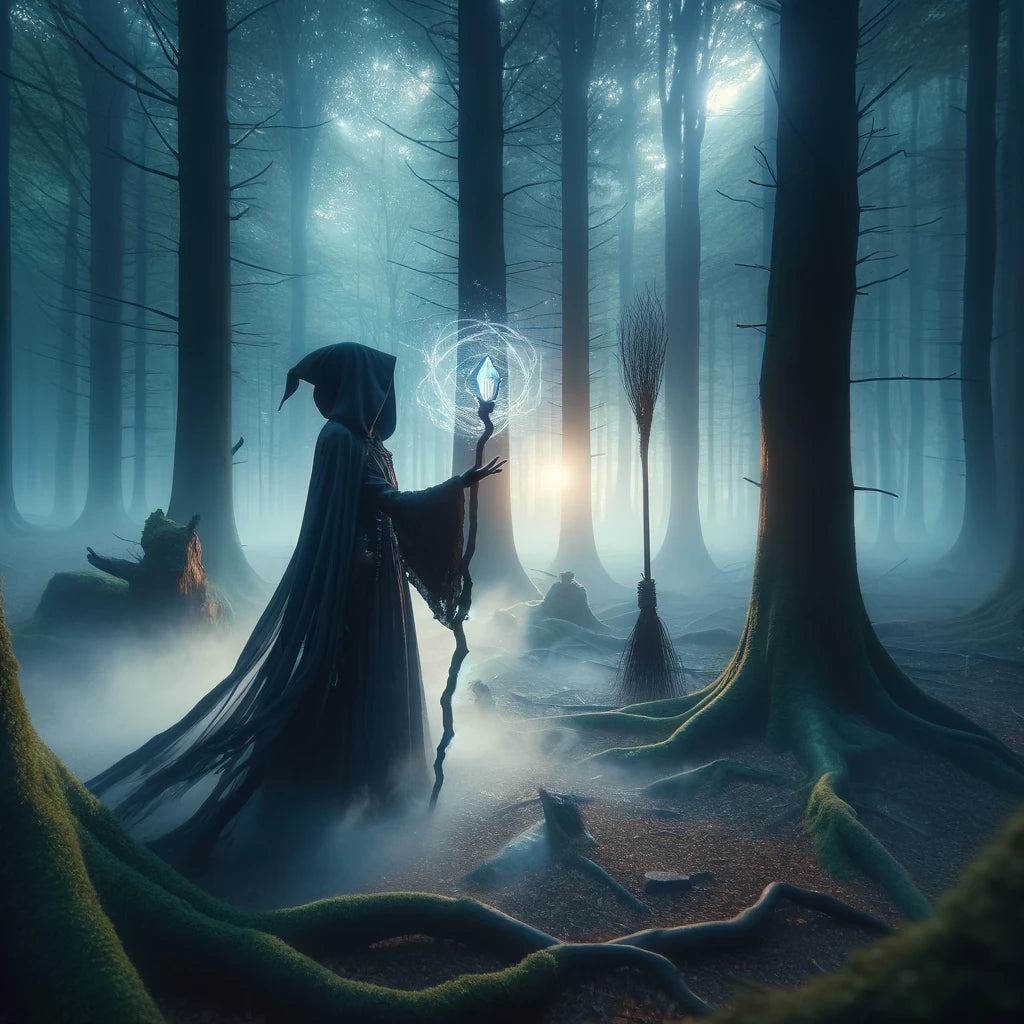
What is a Witch?
Share
Exploring the Mystique and Reality
Witches have captivated the human imagination for centuries, appearing in the folklore, myths, and religions of cultures around the world. From the wise women of ancient lore to the modern practitioners of Wicca, the concept of the witch has evolved significantly. But what exactly is a witch? In this post, we'll delve into the history, stereotypes, and the modern reclamation of the term, painting a picture of the witch beyond the broomstick and cauldron.
The Historical Witch: From Healers to Heretics
Historically, witches were often women who lived on the fringes of society and possessed knowledge of herbal remedies, midwifery, and natural magic. In many cultures, these women played crucial roles as healers and wise women. However, as Christianity spread throughout Europe, anything that deviated from Christian teachings was deemed heretical. This led to the infamous witch hunts and trials, particularly from the 15th to the 18th centuries, where thousands of people, mostly women, were accused of witchcraft and often executed.
Witches in Folklore and Myth
Witches have also been a staple of folklore and myth, embodying the fears and mysteries of the unknown. In these stories, witches possess powers that allow them to cast spells, fly, and communicate with the supernatural. Characters like Baba Yaga in Slavic folklore, who flies around in a mortar and pestle, or the witches in Shakespeare's "Macbeth," brewing potions and prophecies, are testaments to the witch's place in the collective imagination.
The Witch Stereotype: Misunderstanding and Fear
The image of the witch as an evil, cackling woman riding a broomstick, casting curses, and consorting with demons is a stereotype that has been perpetuated by fear, misunderstanding, and patriarchal attitudes. These stereotypes have been reinforced over time through literature, films, and media, contributing to the persecution and marginalization of those identified or identifying as witches.
Modern Witches and Wicca: Reclaiming the Witch
In the 20th century, the witch has been reclaimed by some as a symbol of empowerment, spirituality, and connection to nature. The rise of Wicca and other neopagan religions has contributed to a positive redefinition of the witch. Modern witches often focus on the practice of witchcraft as a form of spirituality that emphasizes the healing arts, the cycles of nature, and the practice of magic for positive purposes.
The Witch Today: Beyond the Broomstick
Today, identifying as a witch can mean a variety of things. For some, it is a spiritual path; for others, a cultural identity or a practice of traditional crafts and herbalism. The modern witch defies easy categorization, representing a spectrum of beliefs, practices, and identities.
Conclusion
The witch remains a figure of fascination and mystery, embodying the dualities of good and evil, wisdom and danger, oppression and empowerment. As society evolves, so too does the interpretation of what it means to be a witch. Whether seen through the lens of history, folklore, or modern spirituality, the witch continues to captivate and challenge our understanding of the power and potential within us all.

